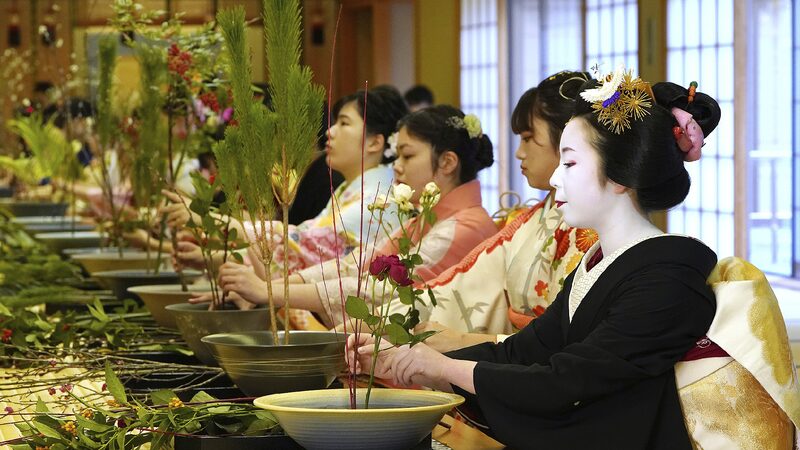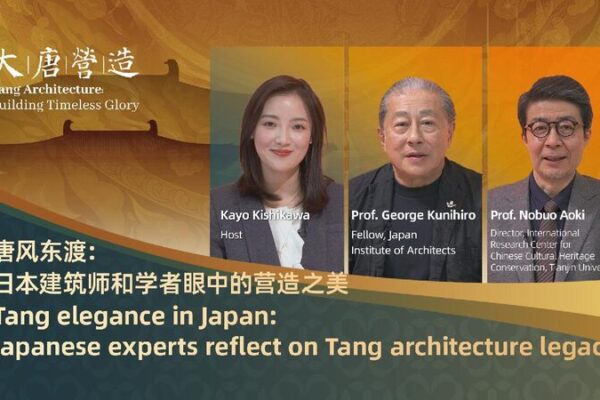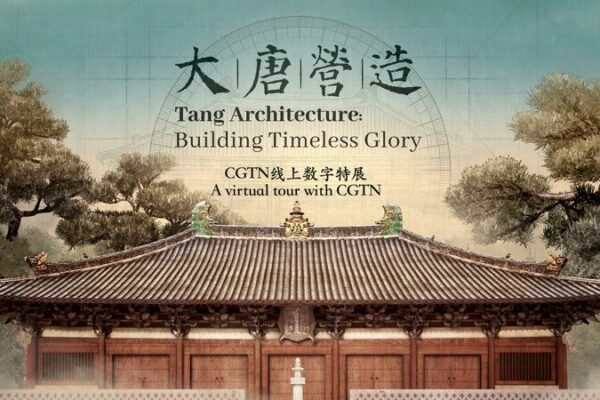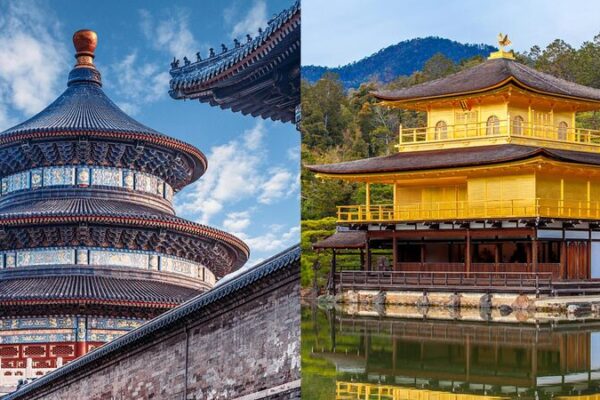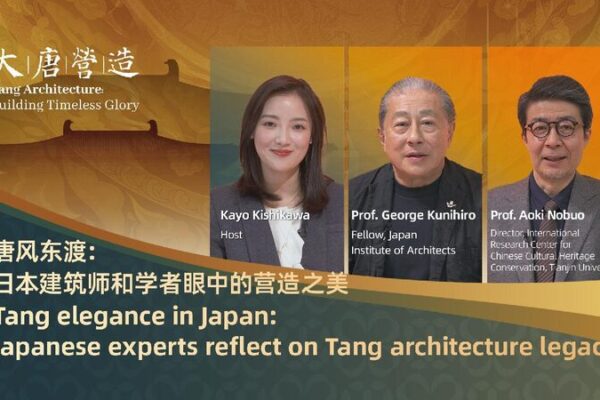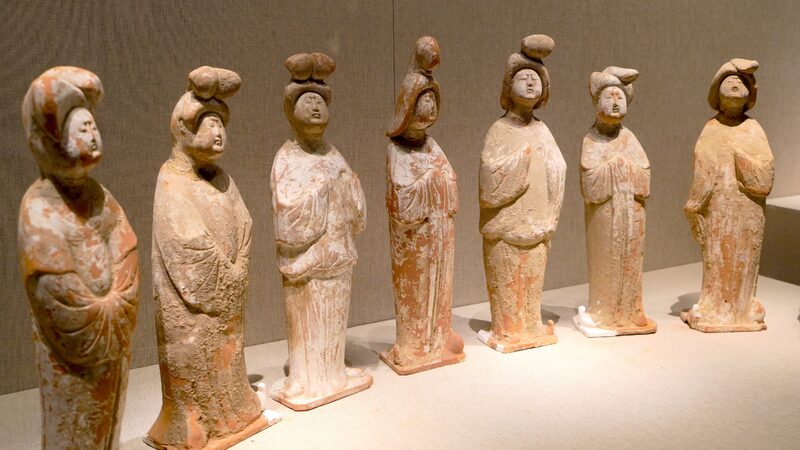China and Japan, close neighbors with centuries of interaction, share a rich history of cultural exchange. Many of Japan’s traditional arts—such as the tea ceremony, ikebana, kendo, and calligraphy—have been deeply influenced by Chinese culture.
The Tea Ceremony: A Shared Ritual of Mindfulness
The Japanese tea ceremony traces its origins to Chinese tea customs during the Tang Dynasty (618–907). Introduced to Japan by Zen monks, it evolved into a refined ritual emphasizing etiquette, harmony, and aesthetic appreciation. In both cultures, tea serves not just as a beverage but as a means of self-cultivation, mindfulness, and social connection.
Ikebana: The Art of Flower Arrangement
Ikebana, Japan’s art of flower arrangement, stems from Chinese traditions introduced through Buddhism. While both countries developed distinct styles over time, ikebana highlights balance, natural beauty, and the thoughtful use of space. Arrangements serve as meditative reflections on nature, time, and impermanence.
Kendo: The Way of the Sword
Kendo, meaning “the way of the sword,” has roots in ancient Chinese swordsmanship transmitted to Japan through diplomatic and cultural exchanges during the Sui and Tang dynasties over a thousand years ago. It evolved into a martial art that combines physical prowess with discipline and moral development.
Calligraphy: A Mirror of the Soul
Calligraphy in Japan was greatly shaped by Chinese influence, especially during the Tang Dynasty. As Buddhist scriptures were copied, Chinese calligraphic techniques and aesthetics took hold. For scholars in both cultures, calligraphy became not only an artistic expression but also a reflection of personal character and inner cultivation, often connected to Zen philosophy.
These four traditional arts reflect the enduring cultural ties between China and Japan. More than just artistic practices, they offer windows into shared values and evolving traditions—a testament to a deep and ongoing legacy of cultural exchange.
Reference(s):
Chinese culture leaves lasting mark on Japan's traditional arts
cgtn.com
